
Las herramientas de IA en línea están transformando rápidamente la ingeniería mecánica al aumentar las capacidades humanas en diseño, análisis, fabricacióny mantenimiento. Estos sistemas de IA pueden procesar grandes cantidades de datos, identificar patrones complejos y generar soluciones novedosas mucho más rápido que los métodos tradicionales. Por ejemplo, la IA puede ayudarle a optimizar el rendimiento y la fabricabilidad de los diseños, acelerar simulaciones complejas, predecir las propiedades de los materiales y automatizar una amplia gama de tareas analíticas.
Las indicaciones que se ofrecen a continuación ayudarán, por ejemplo, en el diseño generativo, acelerarán las simulaciones (FEA/CFD), ayudarán en el mantenimiento predictivo en el que la IA analiza los datos de los sensores de la maquinaria para prever posibles fallos, lo que permite un mantenimiento proactivo y minimiza el tiempo de inactividad, ayudarán en la selección de materiales y mucho más.
- Esta página es específica para un dominio. Si lo desea, puede realizar búsquedas en todos los dominios y según todos los criterios en nuestro >. Directorio AI Prompts <, dedicado a diseño de producto y innovación.
- Dados los recursos del servidor y el tiempo, los propios avisos están reservados sólo a los miembros registrados, y no son visibles a continuación si no se ha iniciado sesión. Puede registrarse, 100% gratis:
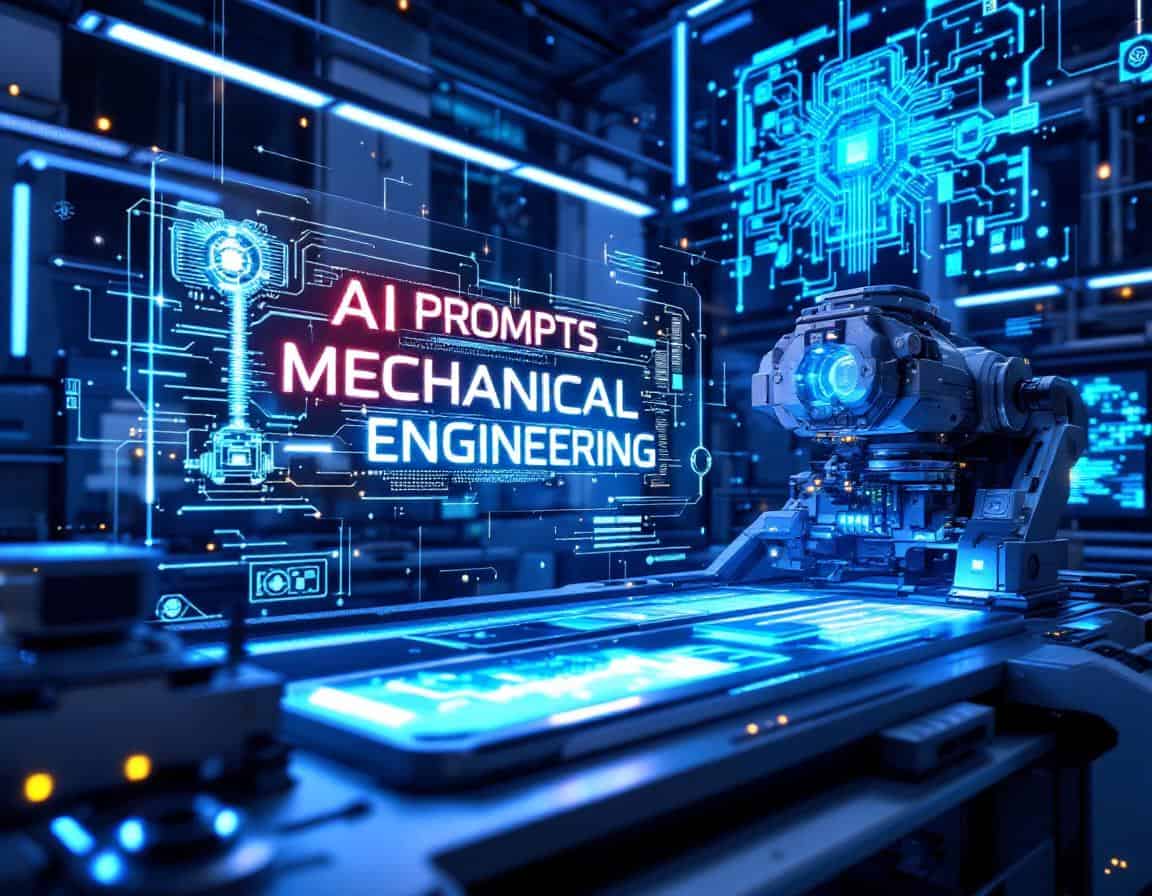
















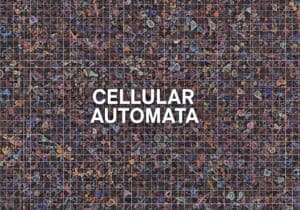

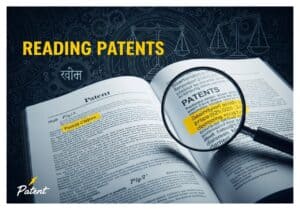

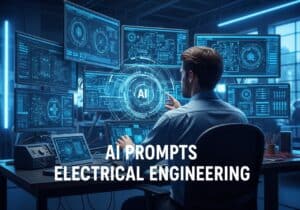
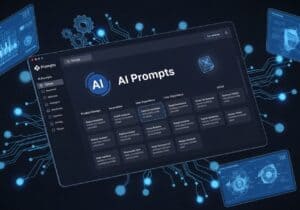
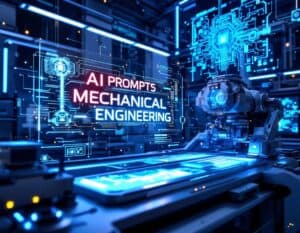



¿Estamos asumiendo que la IA siempre puede generar las mejores indicaciones en ingeniería mecánica? ¿Cómo se generan?
¿Hará la IA innecesarios a los ingenieros humanos?
Publicaciones relacionadas
Últimas publicaciones y patentes sobre estructuras metalorgánicas (MOF)
Últimas publicaciones y patentes sobre estructuras orgánicas covalentes (COF)
Últimas publicaciones y patentes sobre aerogeles y aerografeno
Últimas publicaciones y patentes sobre óxidos de alta entropía (HEO)
Últimas publicaciones y patentes sobre MXenos
Últimas publicaciones y patentes sobre puntos cuánticos